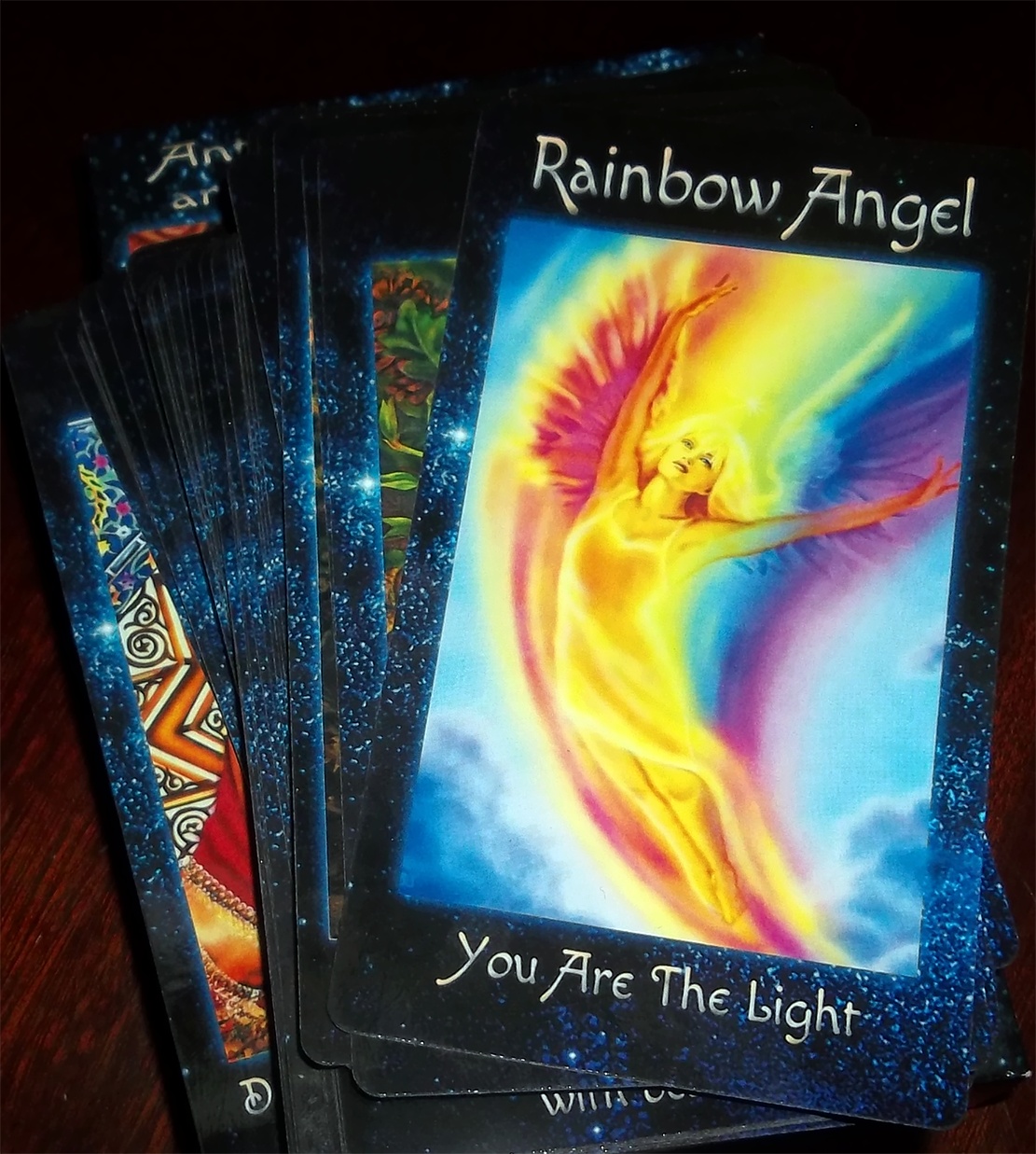Geminid Meteor Shower - 2020
- Details
- Written by AndEl
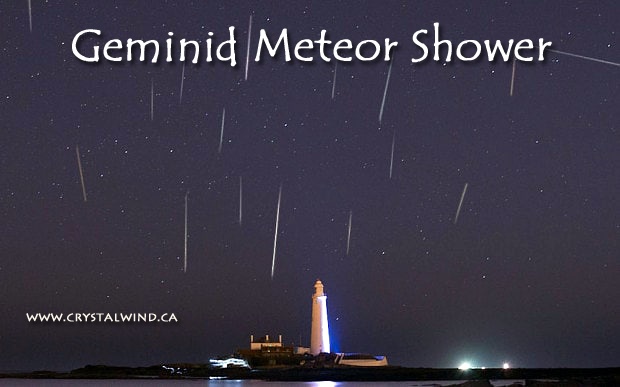
The Geminid meteor shower is one of the finest meteors showers visible in either the Northern or the Southern Hemisphere.
The Geminid meteor shower will be active from 4 December to 17 December, producing its peak rate of meteors around 14 December.
Over this period, there will be a chance of seeing Geminid meteors whenever the shower's radiant point – in the constellation Gemini – is above the horizon, with the number of visible meteors increasing the higher the radiant point is in the sky.
The Geminids, as their name implies, appear to emanate from the bright constellation Gemini (the twins). To find Gemini, look in the northeastern sky for the constellation Orion, which is easy to spot by the three stars in the hunter's "belt." Then look just up and to the right of Orion to see Gemini, high in the northeastern sky.Although the meteors will appear to stream away from Gemini, they can appear all across the sky.
The Geminids are associated with the near-Earth object 3200 Phaethon, an asteroid that may have undergone a collision with another object in the distant past to produce the stream of particles that Earth runs into — creating the meteor shower.
The asteroid orbits the sun every 1.4 years. It occasionally comes close to Earth (at a safe distance) and also passes very close to the sun, inside of Mercury's orbit and only 0.15 astronomical units from the sun.
Geminid Meteor Shower: When, Where & How to See It
Anywhere in the Northern Hemisphere is good, but the shower is visible from the Southern Hemisphere too.
You will want to find a big open space where you can see as much sky as possible.
Check the weather, as clear, cloudless skies are best.
The Royal Observatory advises: "For the best conditions, you want to find a safe location away from street lights and other sources of light pollution."
The Geminids are considered one of the best meteor showers every year because the individual meteors are bright, and the peak can see meteors stream across the sky at rates as high as 120 meteors an hour. Under light-polluted skies, fewer meteors will be visible. [Geminid Meteor Shower Awes Skywatchers Worldwide (Photos)]
The Geminid meteor shower is nearly 200 years old, according to known records — the first recorded observation was in 1833 from a riverboat on the Mississippi River — and is still going strong. In fact, it's growing stronger. That's because Jupiter's gravity has tugged the stream of particles from the shower's source ― the asteroid 3200 Phaethon ― closer to Earth over the centuries.
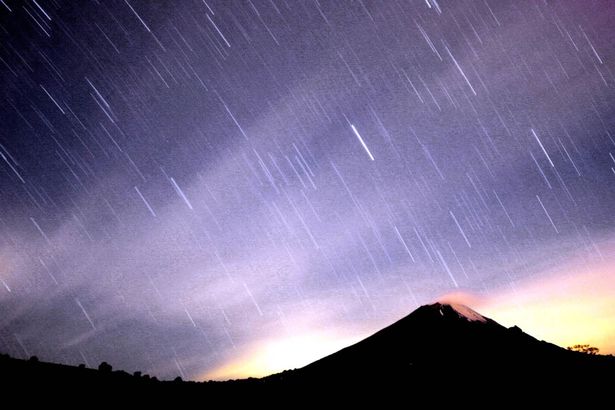
When to see them
The meteors tend to peak about 2 a.m. local time.
The Geminids, as their name implies, appear to emanate from the bright constellation Gemini (the twins). To find Gemini, look in the northeastern sky for the constellation Orion, which is easy to spot by the three stars in the hunter's "belt." Then look just up and to the right of Orion to see Gemini, high in the northeastern sky.
Although the meteors will appear to stream away from Gemini, they can appear all across the sky. For best results, you should look slightly away from Gemini so that you can see meteors with longer "tails" as they streak by; staring directly at Gemini will just show you meteors that don't travel very far.
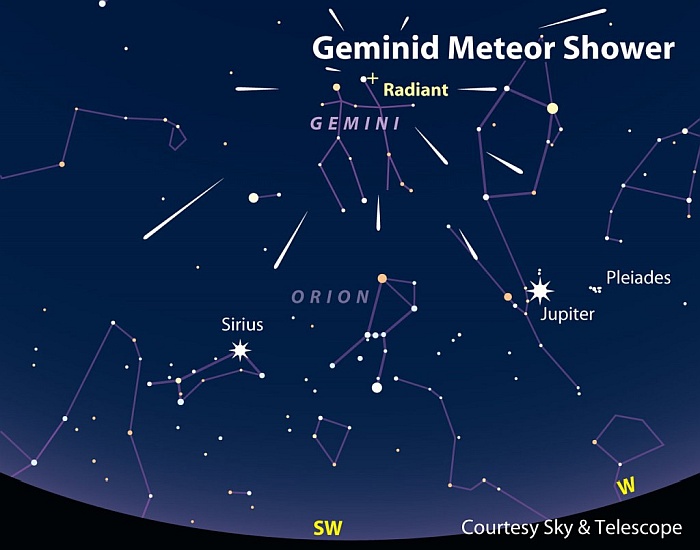
Where do they come from?
The Geminids are associated with the near-Earth object 3200 Phaethon, an asteroid that may have undergone a collision with another object in the distant past to produce the stream of particles that Earth runs into — creating the meteor shower.
The asteroid orbits the sun every 1.4 years. It occasionally comes close to Earth (at a safe distance) and also passes very close to the sun, inside of Mercury's orbit and only 0.15 astronomical units from the sun. (An astronomical unit is the distance between the sun and the Earth: about 93 million miles or 150 million kilometers.)
Rocks in space that are about to collide with Earth's atmosphere are called meteoroids. Those that streak through the atmosphere are called meteors, and if they reach the ground (which won't happen with the Geminids, as the particles are too small to survive the trip) the rocks are called meteorites.
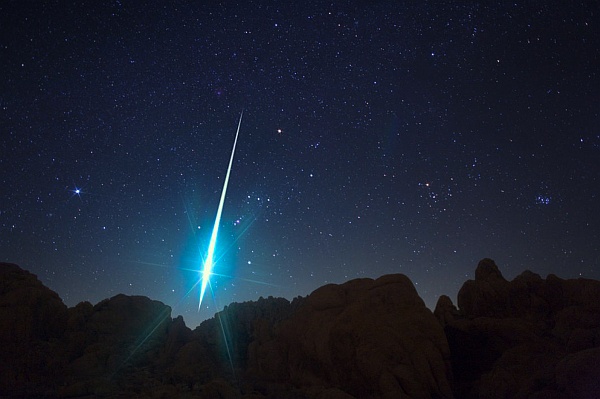
How to get the best view
Meteor showers don't require binoculars or telescopes to view — just your bare eyes. Find a comfortable spot to lie on the ground, far away from lights and ideally in a dark-sky area. Bring a blanket and dress warmly if you're in cold weather. Give your eyes about 20-30 minutes to adjust to the dark, then sit back and enjoy the show.
Liked this article? Dive deeper into personal growth and wellness! Check out CrystalWind.ca for spiritual wisdom or explore AromaWorx.ca for natural well-being tips. Spread the positivity—share this with friends on their happiness journey!
Let’s Chat! Drop Your Thoughts Below! ![]()
Latest Articles
Dive into the Mystical World of the Crystal Wind Oracle Deck!
Get All the Enchanting Details Now!
NEW Expanded Boxed Edition!
Now with 58 Cards for Richer Wisdom!

Imagine a world of inspiration and healing, free for all—made possible by YOU!
Donate Now—Ignite the Magic at CrystalWind.ca!

Epilepsy - Finding A Cure
Your donation can make a difference!
Help us find a cure – donate now!
Unlock Your Light: Join Lightworkers Worldwide on CrystalWind.ca!
Articles: The Founders
Articles: Cosmic Neighbours
Articles: Galactic History
Follow Us!
Featured This Month
Peridot: The Healer's Stone
Peridot has been used as a Power Stone for centuries. Peridot fosters emotio... Read more
Watermelon Tourmaline
Synonym: Rainbow Tourmaline The watermelon tourmaline is a rare variety t... Read more
Crystals for Virgo
As the warmth of summer begins to soften into the crispness of autumn, the Sun... Read more
Virgo Mythology
The Virgo Myth In all of constellation mythology, few legends are as misund... Read more
Mabon in Modern Times: Fresh Takes on the Au…
The Mabon season begins somewhere around the 21st-22nd of September and cont... Read more
Sun in Virgo
An Overview of Sun Sign Characteristics for Virgo Virgo is guided by Mercur... Read more
Sweet Violet
Sweet Violet Faithfulness and modesty. “I will always be true to you.” Helps... Read more
Mabon Magic: Ideas For Fall Decoration And R…
Welcome (almost!) to Fall! We’re turning the Great Wheel once again, toward ... Read more
The Vine: September 2nd - September 29th
The Autumnal Equinox ( Alban Elfed ) Celtic Symbol : The White Swan Read more
























